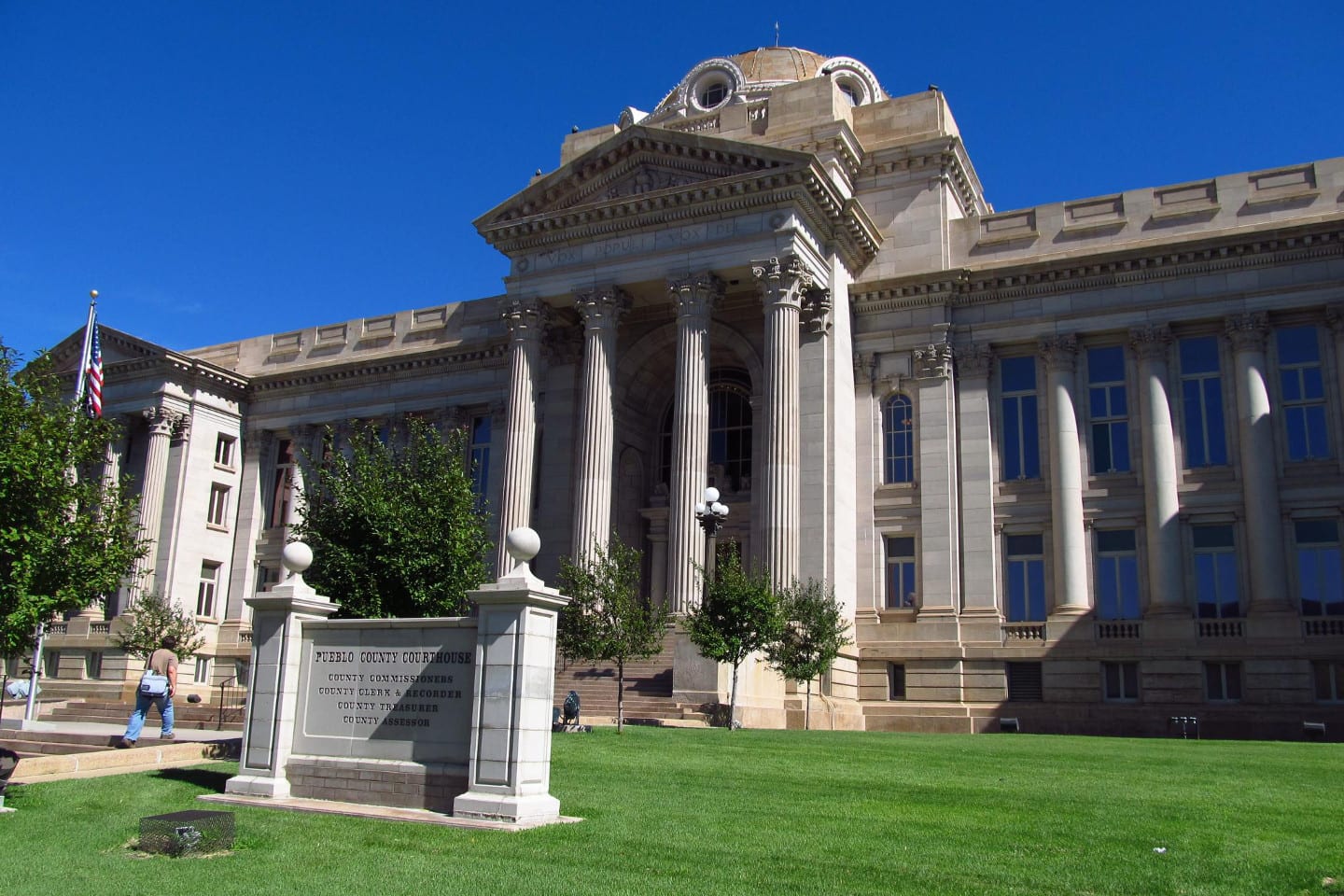Pueblo County Demographics and Population

Pueblo county colorado – Pueblo County, situated in southern Colorado, exhibits a diverse demographic profile that has undergone significant transformations over time. This county’s population dynamics are shaped by various factors, including historical events, economic conditions, and migration patterns.
Pueblo County, Colorado, is a land of vast landscapes and rich history. The region is home to the Sangre de Cristo Mountains and the Arkansas River, which have shaped the area’s natural beauty and cultural heritage. While the county may not be known for its soccer prowess, it has a connection to the upcoming match between San Luis and Club América.
The two teams will face off in a highly anticipated match, and fans in Pueblo County will be eager to tune in. The outcome of the game could have a significant impact on the standings, so be sure to follow the san luis vs club américa match to see who comes out on top.
Pueblo County, Colorado, may not be the soccer capital of the world, but it is a place where the passion for the game runs deep.
Historically, Pueblo County experienced a period of rapid population growth during the late 19th and early 20th centuries, fueled by the establishment of industries such as steel production and agriculture. However, the county’s population growth slowed down in the latter half of the 20th century due to economic restructuring and the decline of traditional industries.
Current Demographics
As of 2020, Pueblo County’s population stands at approximately 168,000 residents. The county’s population density is about 52 people per square mile, which is lower than the state average of 56 people per square mile.
Age Distribution
The age distribution of Pueblo County’s population is relatively balanced, with a slightly higher proportion of residents in the older age groups. According to the 2020 census, approximately 16% of the population is under the age of 18, while 21% are aged 65 and older.
Race and Ethnicity
Pueblo County’s population is predominantly White, accounting for about 72% of the total population. Hispanic or Latino residents constitute the second-largest ethnic group, representing approximately 23% of the population. Other racial and ethnic groups, including African Americans, Native Americans, and Asians, make up the remaining 5% of the population.
In the sprawling plains of Pueblo County, Colorado, the wind whispers tales of distant lands. Like the rivalry between Vancouver and Montréal, two cities vying for the title of Canada’s cultural hub. Vancouver vs Montréal , a clash of urban landscapes and cultural identities, mirrors the dichotomy between the rugged wilderness of Pueblo County and the vibrant metropolis of Denver.
Yet, in this vast expanse, the spirit of Pueblo County remains unyielding, a testament to the enduring resilience of its people.
| Demographic Characteristic | Percentage |
|---|---|
| White | 72% |
| Hispanic or Latino | 23% |
| African American | 2% |
| Native American | 1% |
| Asian | 1% |
Economic Profile of Pueblo County

Pueblo County’s economy is diverse, with a strong mix of industries and employers. The county’s major industries include manufacturing, healthcare, education, and tourism. Some of the largest employers in Pueblo County include:
- Evraz Rocky Mountain Steel
- Vestas
- Pueblo Community College
- Parkview Medical Center
- Pueblo City Schools
Pueblo County has a number of economic strengths, including its central location, its access to major transportation routes, and its skilled workforce. The county also has a number of economic development programs in place to attract new businesses and create jobs.
Economic Strengths
- Central location
- Access to major transportation routes
- Skilled workforce
- Economic development programs
Economic Weaknesses
Pueblo County also has some economic weaknesses, including its high unemployment rate, its low per capita income, and its high poverty levels.
- High unemployment rate
- Low per capita income
- High poverty levels
Business Climate
Pueblo County has a supportive business climate, with low tax rates, a number of incentives for businesses, and a strong workforce.
- Low tax rates
- Incentives for businesses
- Strong workforce
Pueblo County Geography and Environment: Pueblo County Colorado

Nestled in the heart of southern Colorado, Pueblo County boasts a diverse and captivating landscape. From the towering peaks of the Sangre de Cristo Mountains to the rolling hills of the Great Plains, the county’s topography is a symphony of nature’s artistry.
The county’s climate is characterized by warm summers and mild winters, with an average annual temperature of 52 degrees Fahrenheit. The region experiences moderate rainfall, with most precipitation occurring during the spring and summer months. Pueblo County is also known for its abundant sunshine, with over 300 sunny days per year.
Natural Resources
Pueblo County is blessed with a wealth of natural resources. The county’s vast agricultural lands produce a variety of crops, including corn, wheat, and alfalfa. The county is also home to significant mineral deposits, including coal, natural gas, and oil.
Environmental Challenges
Like many other regions, Pueblo County faces several environmental challenges. Air pollution, particularly from industrial sources, remains a concern. The county is also working to address water scarcity, as the region’s population continues to grow.
Land Conservation, Pueblo county colorado
Recognizing the importance of preserving its natural heritage, Pueblo County has implemented several land conservation initiatives. The county has established a number of parks and open spaces, including the scenic Lake Pueblo State Park.
Below is a detailed map of Pueblo County, highlighting its major cities, towns, and landmarks:
- Pueblo: The county seat and largest city in Pueblo County.
- Colorado City: A historic mining town located in the southern part of the county.
- Avondale: A small town located on the Arkansas River.
- Lake Pueblo State Park: A popular recreation area located on the Arkansas River.
- Sangre de Cristo Mountains: A mountain range that forms the western boundary of Pueblo County.